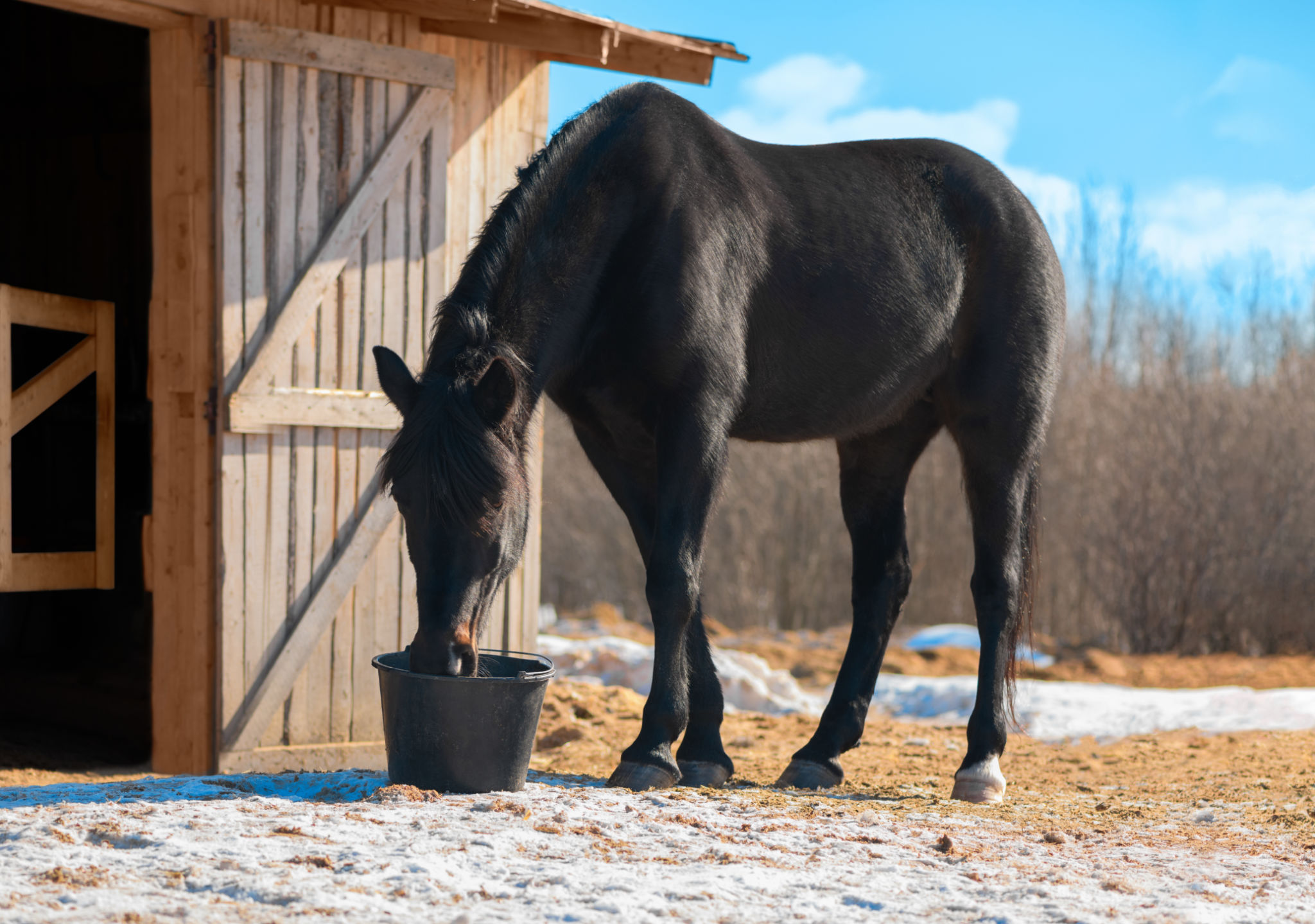How to Prepare Your Stable for Seasonal Changes in Waste Management
Understanding Seasonal Changes and Their Impact
Managing waste effectively in a stable requires understanding how seasonal changes can impact waste production and disposal. Each season brings its own set of challenges, from increased rainfall to harsher winds, all of which can affect how waste is managed. By preparing in advance, stable owners can ensure a smooth transition between seasons, maintaining cleanliness and hygiene.

Spring Preparations
As the weather warms up, spring is the ideal time to conduct a thorough clean-up of your stable. This involves removing any leftover waste from winter and ensuring that all waste management systems are in top condition. Consider the following steps:
- Inspect and repair waste storage areas: Check for any damage that may have occurred during winter and make necessary repairs.
- Optimize ventilation: Proper airflow can help reduce odors and improve the overall environment.
- Plan for increased rainfall: Ensure that drainage systems are clear and functioning properly to prevent flooding.
Summer Waste Management Strategies
Summer brings with it the challenge of managing waste in hotter temperatures. The heat can accelerate the decomposition of organic waste, leading to stronger odors and potential health risks. Here’s how you can prepare:
- Regularly remove waste: Increase the frequency of waste removal to minimize buildup.
- Utilize odor control methods: Consider using natural or commercial deodorizers to keep smells at bay.
- Monitor pest activity: Warmer temperatures can attract pests, so ensure that waste is securely stored to prevent infestations.

Autumn Adjustments
As autumn arrives, it’s important to adjust your waste management practices to accommodate falling leaves and cooler temperatures. This season is perfect for preparing your stable for the upcoming winter months by taking these actions:
- Clear leaves regularly: Remove fallen leaves from around the stable to prevent clogging of drains and gutters.
- Conduct equipment checks: Service any machinery used in waste management to ensure it’s ready for increased use during winter.
- Stock up on supplies: Gather necessary materials like bedding and cleaning agents to avoid shortages during colder months.
Winter Waste Management Tips
The harsh winter months can pose significant challenges for waste management. Cold temperatures and snow can complicate disposal processes, so it’s essential to be prepared. Consider implementing these strategies:
- Insulate waste storage areas: Keep waste storage areas insulated to prevent freezing and make handling easier.
- Clear pathways regularly: Ensure access routes to waste disposal areas are kept clear of snow and ice.
- Plan for limited access: Have contingency plans in place for when weather conditions limit access to disposal facilities.

The Importance of Regular Maintenance
No matter the season, regular maintenance of your stable’s waste management systems is crucial. Regular checks and routine cleaning can prevent minor issues from becoming major problems. By staying proactive, you can ensure that your stable remains a clean and healthy environment year-round.
Conclusion: Adaptability is Key
The key to effective waste management in a stable is adaptability. By understanding the specific challenges each season presents and preparing accordingly, stable owners can maintain high standards of hygiene and efficiency. Remember, a well-managed stable not only supports the health and well-being of animals but also contributes positively to the surrounding environment.
